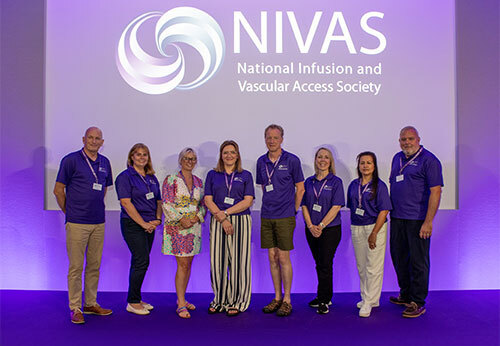Guideline on the management of antineoplastic extravasation – Full Text
"This guideline summarizes evidence-based interventions for the management of extravasation of antineoplastic vesicants or irritants with vesicant properties to guide clinical care" Thomas et al (2025).









